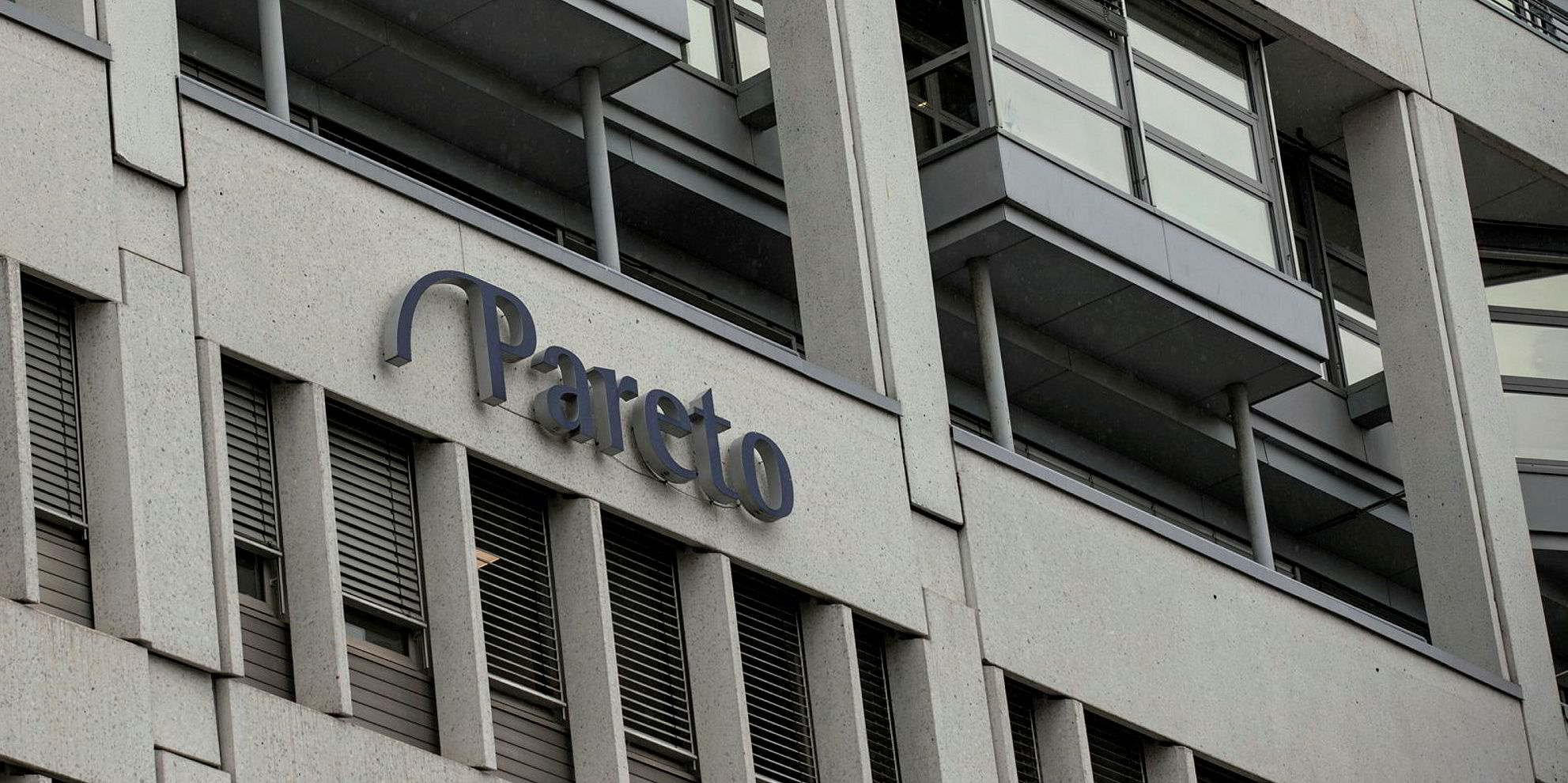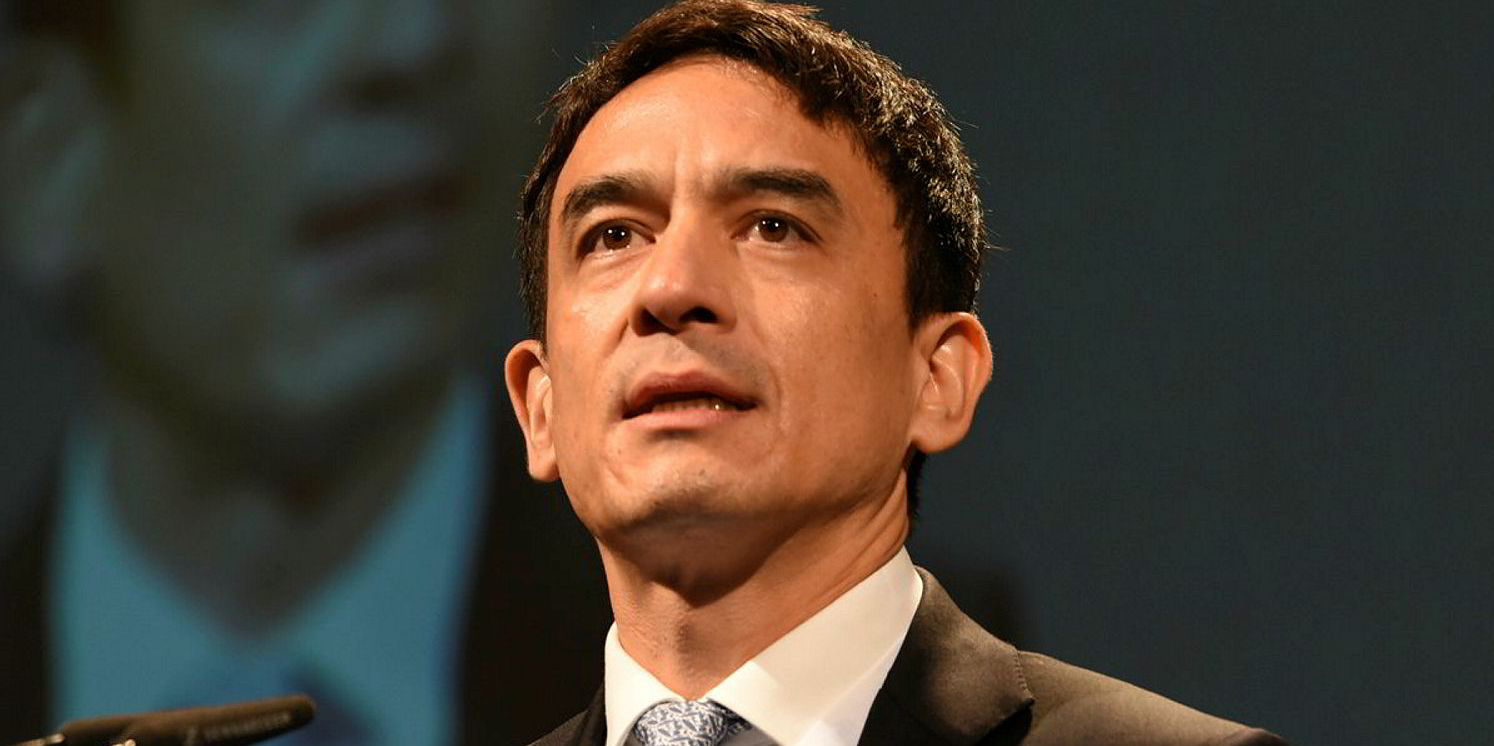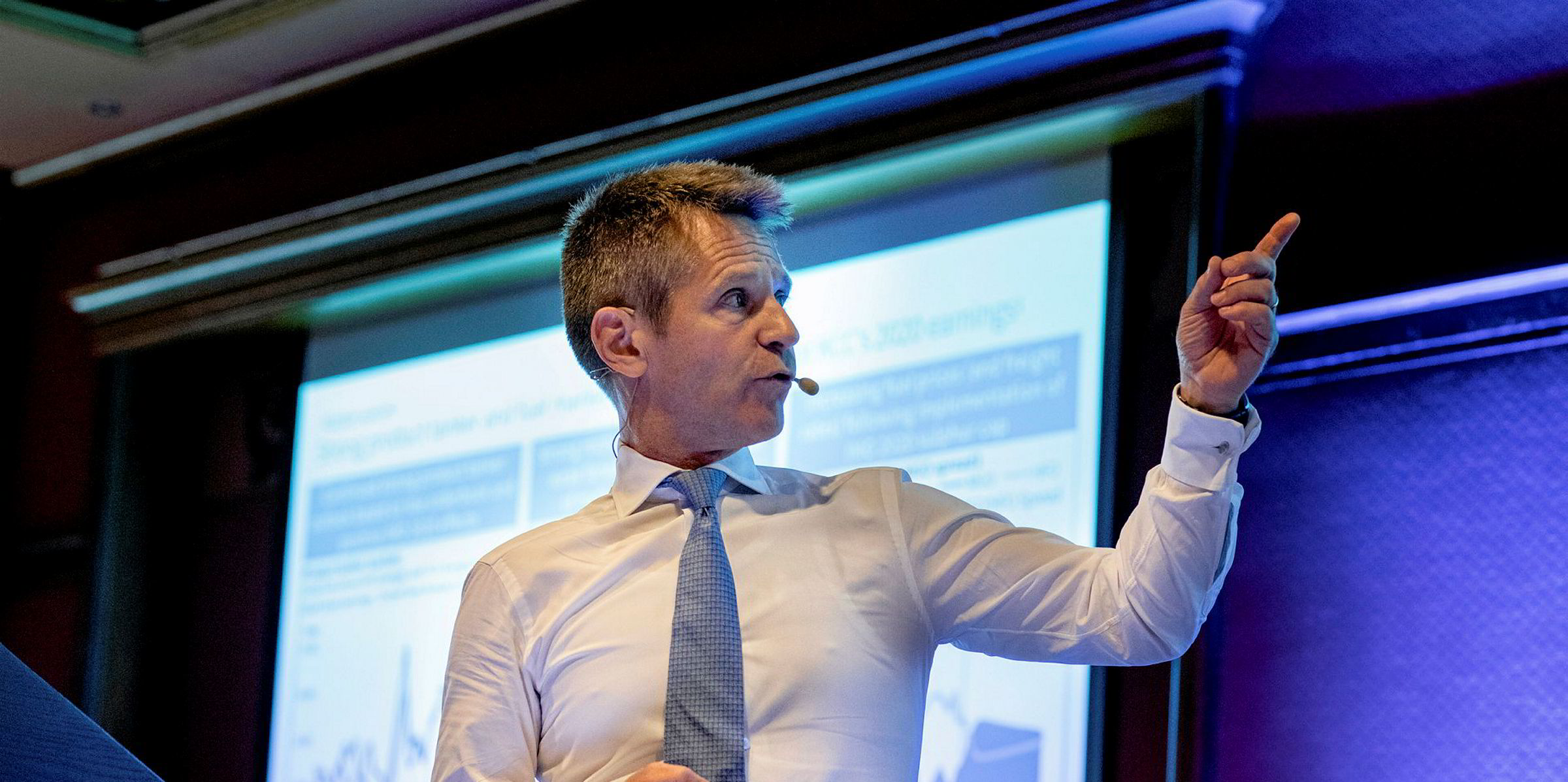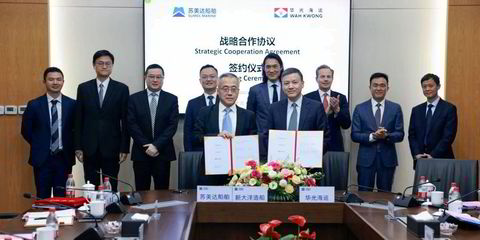Norwegian shipping lender Pareto Bank has said it has scope to expand in shipping, which it described as an “underserved” sector.
The niche player, which focuses mainly on domestic medium-size shipping companies, said its maritime exposure fell to NOK 782m ($86m) at the end of the year, from NOK 834m at the end of the third quarter.
The lender, which has been in shipping and offshore finance markets since 2011, has 16 customers and finances 25 vessels.
Its largest exposure is a loan of $20.2m and the average commitment size of outstanding loans is $5.2m.
The bank said there is "room for growth" in the sector, with shipping described as an "underserved market with many opportunities".
It has a cautious approach, with a target loan-to-value ratio of 50%.
Focus on quality tonnage
Its main customers are Norwegian shipowners, majority shareholders and family offices, supported on a first-priority loan basis.
Pareto said it looks for strong balance sheets and high-quality counterparties, while it focuses on tonnage with liquid secondhand markets and well-proven designs.
The lender aims for a diversified portfolio where a single vessel segment will normally not exceed 25% of its total shipping exposure.
Maximum maritime exposure is 15% of the bank’s total. It currently stands at 5%.
Pareto said "industrial" vessels account for NOK 197m of shipping loans, with chemical tankers on NOK 170m and bulkers at NOK 145m, but it also finances gas carriers, product tankers, car carriers and boxships.
Record profit for 2019
For 2019, it logged record net profit of NOK 397.6m, up from NOK 330.8m in 2018.
There was a 14.3% return on equity and net interest income of NOK 680.5m, versus NOK 554.4m the year before.
Loan impairments rose to NOK 29.7m from NOK 4.6m over the same period.
In the fourth quarter, net earnings were NOK 114.7m, up from NOK 81.6m. Impairments were at a low level, Pareto said, dropping to NOK 4.7m, against NOK 9m in 2018.
At the end of the third quarter, it had NOK 11.9m of shipping loans at stage three, the highest level of restructuring before the money is written off.
However, at the end of the year this had risen to NOK 20.2m, with NOK 700,000 written off.






